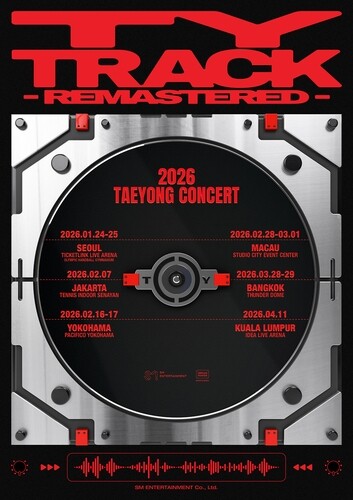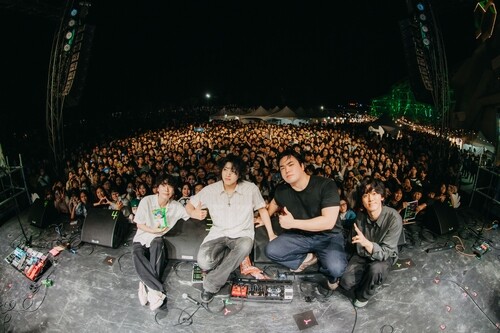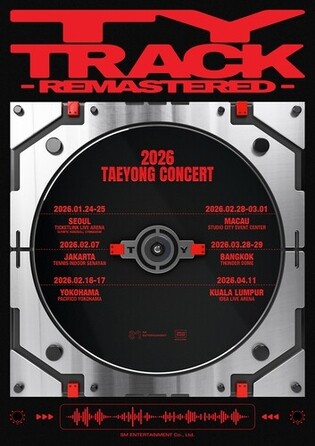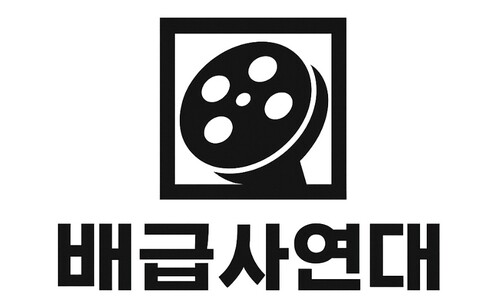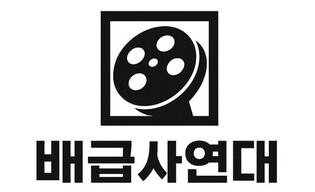*Editor’s note: K-VIBE invites experts from various K-culture sectors to share their extraordinary discovery about the Korean culture.
Chronicles of Metaverse: The Metaverse in the Web 3.0 Era
By Noh Seok-joon (Master K-architect engineer)
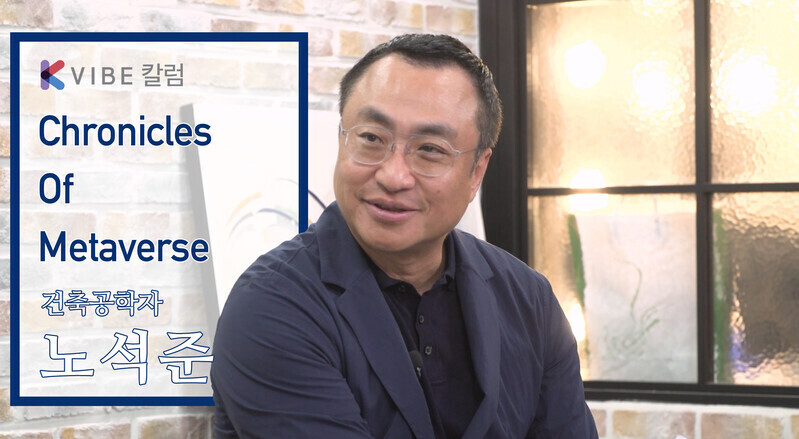
Since the internet was first made public in the 1990s, it has evolved dramatically over the past three decades alongside rapid technological development, growing to exert unprecedented influence on our daily lives. In this process, the ecosystem of the internet has also rapidly transformed.
The evolution of the internet is generally categorized into three stages based on key characteristics: Web 1.0, Web 2.0, and Web 3.0.
Until the era of Web 1.0 and Web 2.0, individuals’ data and digital content were typically monopolized by a handful of companies, who also reaped the profits generated from them. This centralized ecosystem—dominated by big tech and major platform companies like Google, Amazon, and Meta—defined the Web 2.0 era.
Web 3.0 emerged to address the shortcomings of Web 2.0. It introduces a decentralized structure where control and profit are returned to the individuals who create content and data, breaking away from the monopolies of a few corporations.
The metaverse is a three-dimensional virtual space built using digital technology, and when fused with the innovations of Web 3.0, it evolves into a more complex digital ecosystem that blurs the line between virtual and real life.
◇ The Evolution of the Internet and the Potential of the Metaverse
Web 1.0, the earliest model of the internet, was indeed revolutionary compared to the pre-internet era. However, as a pioneering phase, it had clear limitations in both development and application. In Web 1.0, content was systematically categorized but offered no interaction—users could only read digital content provided by a few entities. Most websites, webzines, and blogs from the early 1990s to early 2000s fall under this category.
In contrast, Web 2.0 introduced a write function. Users could now create and share their own content, actively engaging in web activities through posts and comments. They could upload music, photos, and videos—enabling two-way interaction. This marked a tremendous leap from the one-sided communication of Web 1.0.
Today’s widely used social media platforms like YouTube, Naver, Instagram, and Facebook are all products of Web 2.0. The popularity of mobile devices like tablets and smartphones fueled the boom of platform services in this era. As a result, platforms became more powerful and a centralized ecosystem led by a few key players naturally emerged.
Though we’ve grown accustomed to the Web 2.0 environment, it has its limitations. In this structure, users can only connect via intermediaries—platforms that ultimately control user data and interactions. These platforms monopolize the data and pursue their own profits, such as through targeted advertising.
The limitations of this centralized model led to the birth of Web 3.0, which is distinctly different in terms of function. Web 3.0’s most defining trait is decentralization. It enables personalized information delivery, decentralized data encryption via blockchain, and personal ownership of data through technologies like NFTs (non-fungible tokens).
In Web 3.0, users become the main actors on platforms, owning the results of their actions. They can engage based on personal preferences and decide how their data is used—profits from data utilization also go to them. In this new decentralized economic ecosystem led by diverse and talented individuals, smaller but more impactful content and services can emerge beyond the reach of once-dominant Web 2.0 platforms.
Moreover, in the Web 3.0 environment, the line between producers and consumers blurs. Participants can sell their own creations and purchase others’ work. They simultaneously become both producers and consumers of content and services. Through voluntary, proactive participation, users can create more innovative content and services, leading to a virtuous cycle of more balanced wealth distribution.
Today’s metaverse can be categorized as part of Web 3.0. It respects user autonomy and enables economic activity with verified copyright via NFTs. However, as both Web 3.0 and the metaverse are still in their early stages, further technological advancement is needed to realize their full potential.
When the Web 3.0 internet environment is fully realized in the near future, the metaverse will also evolve dramatically. It will become a user-centered space with true two-way communication and interaction, allowing users to make decisions and participate freely. It will offer safe and liberated economic activity—bringing a digital version of real-world life closer to perfection.
◇ NFTs, Web 3.0, and the Metaverse: Opening the Door to a Utopia of Equality
NFTs and Web 3.0 technologies will form the foundation of future metaverse economies. Participants will engage in various activities using avatars and conduct economic transactions, accelerating the transition to the metaverse era.
All this is made possible by the revolutionary addition of personal ownership—a core feature of Web 3.0—along with the foundational technologies of blockchain and NFTs, which enable decentralization. Most digital interactions will shift toward intelligent, personalized formats, and this will be reflected in future metaverse experiences.
The metaverse, supported by NFT technology and Web 3.0, is not just a space for economic and social activity—it represents a new paradigm for life itself. This foundation will expand beyond gaming and entertainment to include public services, education, healthcare, retail, and nearly every sector.
Within the metaverse, individuals can engage in safe and autonomous transactions via NFT technology, enabling them to escape centralized economies and independently conduct economic activities and generate income.
Remarkably, this resembles the long-sought utopia envisioned since the time of Thomas More—a society built on equality and decentralization. Humanity has long been resistant to centralized control by a select few and has always yearned for an alternative. The decentralized model enabled by blockchain technology can be seen as a technological realization of this historical aspiration.
Thanks to advances in blockchain, humanity can now approach the ideal society that it has philosophically and ideologically pursued for centuries.
While Christianity philosophically conceptualized equality based on faith and ideology, Thomas More and his intellectual successors—such as utopian socialists and communists—attempted to implement it through economic and social systems. However, due to limitations in human reason and morality, these efforts often failed.
Now, the egalitarian and free society that humanity has dreamed of throughout history can be tested once again through the metaverse. Unlike past ideological attempts, this time the potential for real-world implementation is much greater—thanks to the revolutionary development of digital technology and the possibility of building a perfectly decentralized infrastructure.
(C) Yonhap News Agency. All Rights Reserved



















![[풀영상] 디즈니+ '메이드 인 코리아' 제작발표회|현빈 Hyunbin·정우성 Jung Woosung·우도환·서은수·원지안·정성일·강길우·노재원·박용우|Made In Korea](/news/data/20251215/p179554206856695_165_h.jpg)




